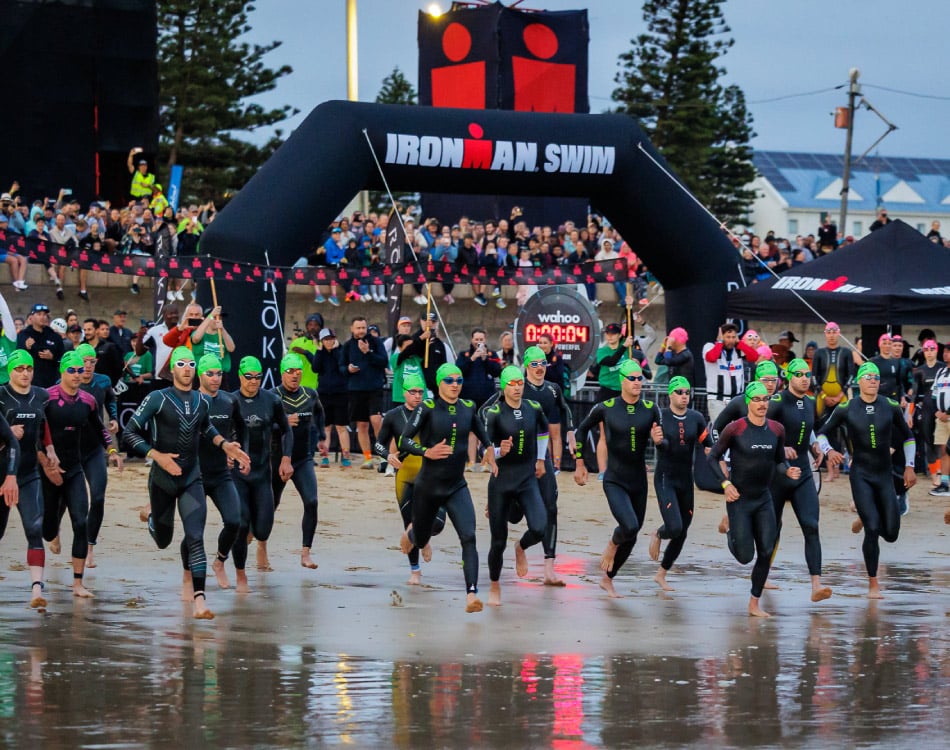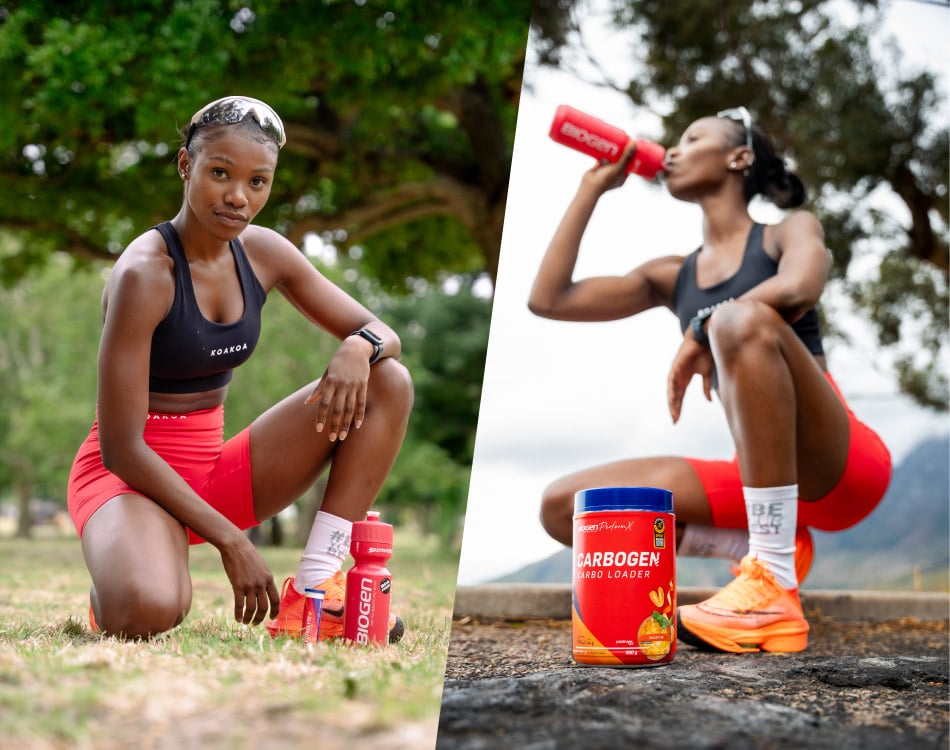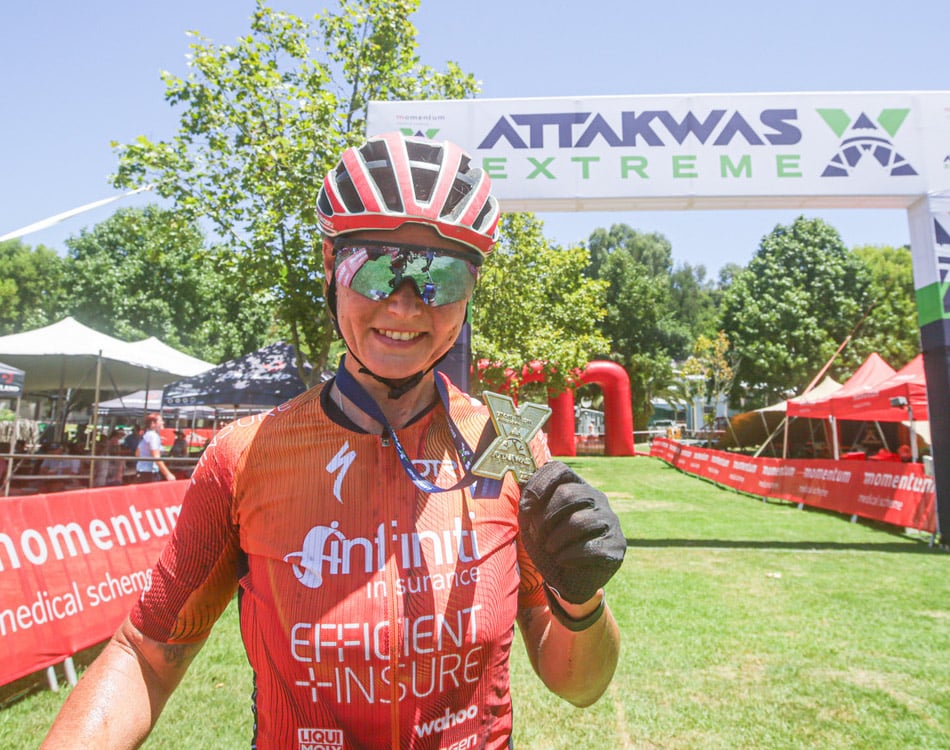While conventional thinking suggests that endurance athletes need to progressively increase the time they spend training to improve in that specific discipline, those who neglect strength training are doing their race preparation a disservice.
While the conventional training approach certainly works to a point, sports science research paints a different picture about the most effective way to train for enhanced performance.
For instance, a study1 published in the Journal of Applied Physiology showed that “explosive-strength training improves 5-km running times in well-trained endurance athletes without changes in their VO2 max”.
The researchers attributed this performance improvement to improved neuromuscular characteristics that transferred into improved running economy.
READ MORE | Time For Endurance Athletes To Focus On Often Neglected Areas
Strong and efficient
Endurance athletes can really benefit from these improvements in economy and power output to reduce their personal best times as a stronger athlete is able to maintain proper form for longer, making them more efficient in terms of energy expenditure and movement patterns over longer periods of time.
“Athletes perform better when they move efficiently, have enough strength to maintain perfect form, and have the stamina to endure the training load leading up to and during a race,” explains Julian Reichman-Israelsohn, owner and head coach at Fitness Technologies and CrossFit Platinum.
In addition, as the body adapts to the strength training and grows stronger, an athlete become more resilient and can better handle higher volume or more intense training loads during training, which should translate into better performance on race day.
Accordingly, all endurance athletes could benefit from working with a skilled and experienced strength and conditioning coach who specialises in a specific discipline.
READ MORE | Become A Better Runner Without More Running
Functional strength
Double Ironman Champion and one of South Africa’s most successful pro triathletes, Kyle Buckingham, attributes his success and his reputation as a powerful cyclist and a strong runner to the amount of time he dedicates to the gym, in addition to the time he spends in the pool, on the bike and out running.
“I’m in the gym 3 to 4 times a week for at least an hour a session,” explains Kyle. “The focus of my gym-based training is predominantly on core work and stability. This means lots of unilateral (single-leg or single side exercises) to ensure I develop strength symmetry on both sides of my body.”
His training includes lots of balancing on a Bosu ball or a Swiss ball, with moves like kneeling on the stability ball while lifting weights or throwing medicine balls at the wall.
However, it’s not just about functional exercises – there is also a lot of foundational strength work in his programme.
“The main exercises in this regard are the big compound lifts – the squat and deadlift – with some pull-up work for upper body strength,” explains Kyle.
READ MORE | Improve Foot Strength And Ankle Stability To Become A More Resilient Runner
Build strength, not muscle
Kyle follows a set and rep structure aimed at developing strength without adding muscle mass, as this added weight is highly inefficient for endurance athletes. That means he does up to 12 sets of 3 reps, depending on his training phase.
“They’re not maximal lifts either. My main focus is on quality and activating the correct muscles.”
His time in the gym also includes mobility and dynamic stretching before exercise, with 20-30 minutes of stretching, foam rolling and some PNF stretching for his hamstrings after every session.
READ MORE | Fix Your Running Form With These Tips
Cover all the bases
Internationally-renowned strength and conditioning coach and High Performance Director at the Biogen-backed WT Human Performance, Wayne “Tails” Taylor explains that most exercises he prescribes to endurance athletes address pelvic instability and core strength.
“A weak core or poor glute activation generally means the body can’t handle the power that the legs generate.”
As such, Wayne usually combines strength training with mobility and flexibility drills to address these underlying structural and biomechanical issues.
“We also work to retrain weak postural muscles. These exercises enable athletes to get into and maintain anatomically correct positions and creates healthy movement patterns while training and racing. This can significantly reduce an athlete’s injury risk and makes them more efficient.”
Wayne’s workouts typically include functional movements such as squats and deadlifts, as well as unilateral or single-leg exercises that take the body through full hip extension.
“I tell my clients that they must execute every exercise with impeccable form. This often requires technique training and skills development before adding weight. Athletes generally advance too quickly without getting the basics right, which creates and reinforces poor movement patterns.”
READ MORE | Endurance Experts Share Their Best Strength Exercises
The HIWT factor
Another way to achieve better strength and conditioning is to incorporate high-intensity weight training (HIWT) into an endurance training programme.
According to Julian, the main idea of using HIWT to improve endurance is to reduce the time spent doing long slow distance training, which takes hours and generally breaks down the body.
“This form of training adds intensity to training, which improves performance and helps to rebuild some of the muscle tissue lost during extensive aerobic training,” he adds.
Additional benefits of this type of training include:
- Increased cardiovascular function
- Decreased body fat
- Increased strength
- Increased power
- Increased speed
- Increased anaerobic capacity
References:
-
Explosive-strength training improves 5-km running time by improving running economy and muscle power. J Appl Physiol. 1999 May;86(5):1527-33. doi: 10.1152/jappl.1999.86.5.1527.

















Leave A Comment